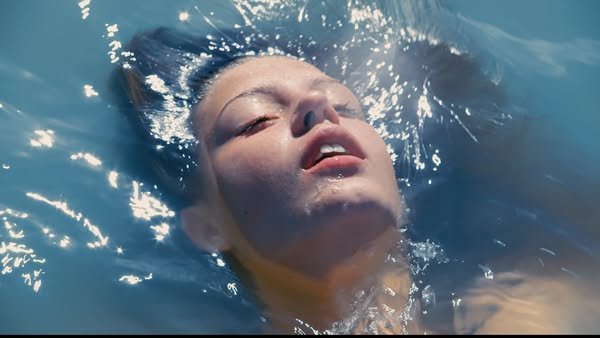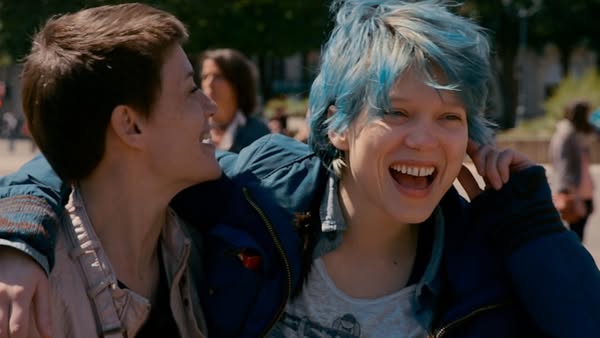Blue Is the Warmest Colour (2013)

Blue Is the Warmest Colour, released in 2013 and directed by Abdellatif Kechiche, is a poignant coming-of-age romantic drama that delves into the complexities of love, identity, and self-discovery. Based on the graphic novel by Julie Maroh, the film explores the intense relationship between two young women, Adèle and Emma, capturing the intricacies of their emotional and sexual journey.
The story follows Adèle, portrayed by Adèle Exarchopoulos, a high school student who feels uncertain about her sexual identity. Her life takes a transformative turn when she meets Emma, played by Léa Seydoux, an art student with striking blue hair. Their connection blossoms from initial friendship into a deep romantic relationship, marked by passion, vulnerability, and the challenges of navigating societal expectations.

Blue Is the Warmest Colour is notable for its raw and unflinching portrayal of intimacy and desire. The film does not shy away from depicting the physical and emotional aspects of their relationship, allowing viewers to witness the intensity of their love and the accompanying struggles. The performances by Exarchopoulos and Seydoux are both powerful and authentic, capturing the nuances of their characters’ evolving dynamics.

Visually, the film employs a naturalistic style, using close-ups and soft lighting to create an intimate atmosphere that draws viewers into Adèle’s world. The cinematography emphasizes the emotional depth of the characters, allowing their expressions and interactions to convey a rich tapestry of feelings.
The film also explores themes of societal norms, the quest for personal identity, and the impact of relationships on self-discovery. As Adèle navigates her feelings for Emma, she grapples with the expectations placed on her by family and friends, leading to moments of both joy and heartache.

While Blue Is the Warmest Colour received critical acclaim and won the prestigious Palme d’Or at the Cannes Film Festival, it also sparked discussions about its depiction of intimacy and the male gaze. Nevertheless, it remains a significant work in LGBTQ+ cinema, celebrated for its honest exploration of love and the complexities of human connection.
In summary, Blue Is the Warmest Colour is a beautifully crafted film that captures the essence of first love and the journey of self-discovery. With its powerful performances, intimate storytelling, and visual artistry, it resonates deeply with audiences, making it a landmark film in contemporary cinema.











